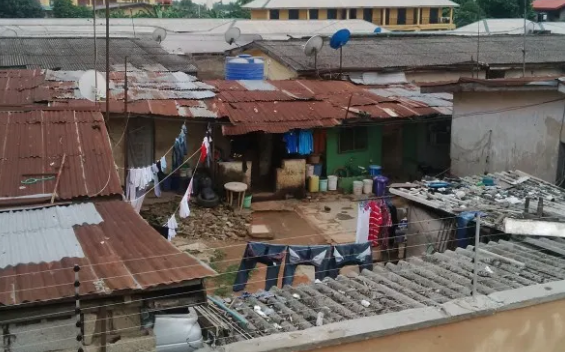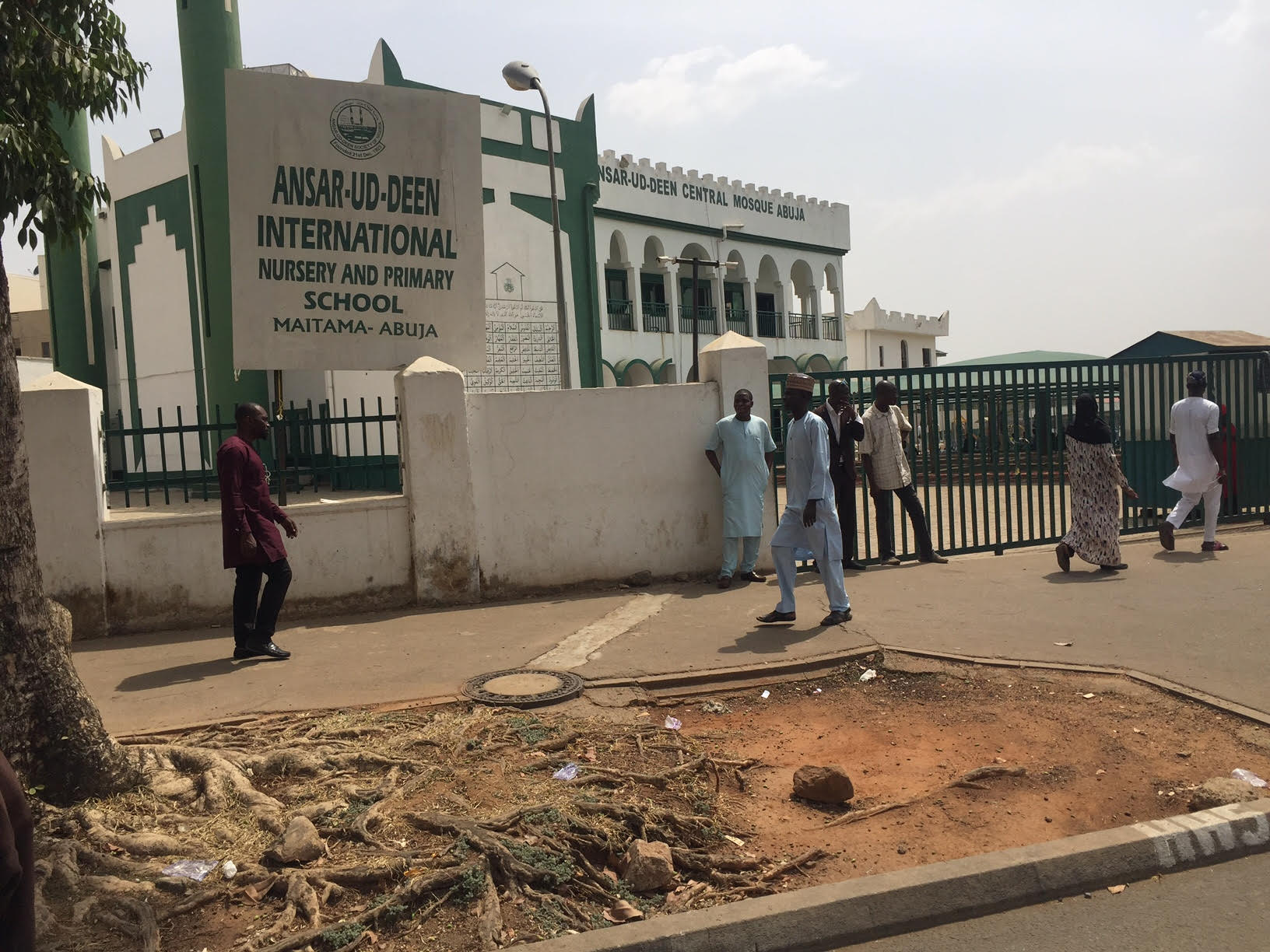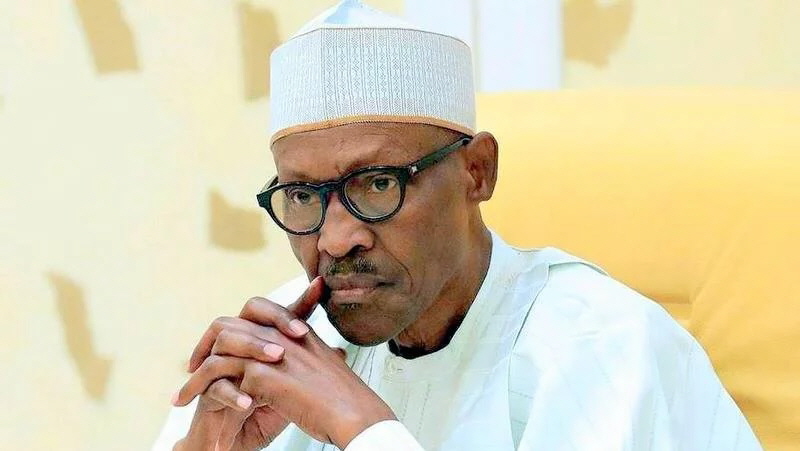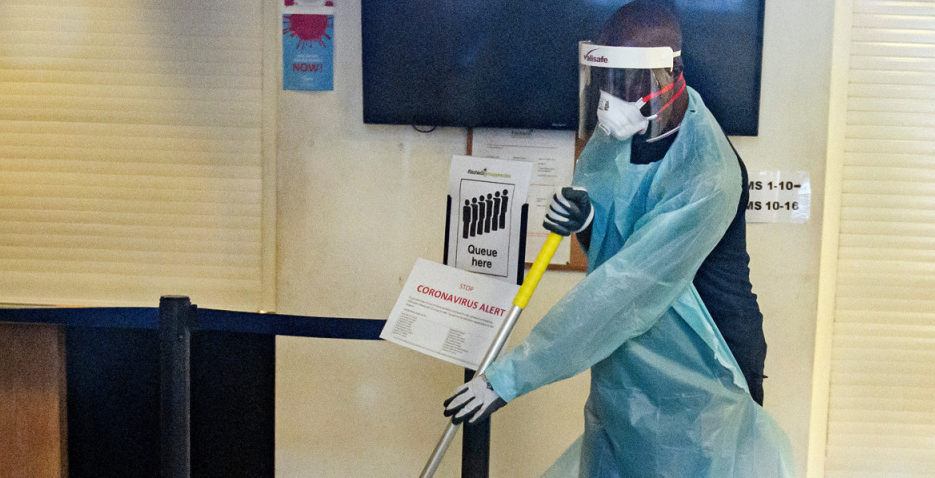BY MOTUNRAYO ALAKA
As a child, my family lived at the Iponri Jakande Estate in Surulere, Lagos, Nigeria. It was a collection of closely built blocks of flats. The Jakande estates, 18 of their types around the state, were initiatives of a former governor of the state, Lateef Jakande. They are blocks of six two and three-bedroom flats with a bathroom and a toilet in each apartment. Ours was a two-bedroom flat. Easily, my family of seven was a crowd when we all sat together in the compact sitting room.
My four siblings and I shared a bedroom that had one bunk and one queen-sized bed and my parents had the other. Guests often joined us in the children’s room and the living room became a bedroom at night if we had many guests at a time or my parents were uncomfortable with having a guest in our room. At different points while growing up, three to nine people occupied the house. Our block had a stairway that took residents to the four apartments on the first and second floors. All the occupants of our block and the one facing us shared clothe lines, water taps, parking and play area in common.
All these flash through my mind as I think of the self-isolation and social distancing that have been presented as key elements to solving the coronavirus pandemic. From the point of view of the background of my living condition as a child, I find the interventions defective and in fact impossible in so many ways. How would self-isolation have been achieved for a member of my family if coronavirus had happened when I was growing up?
The fact is that the seemingly grim reality of co-living and sharing in limited spaces I grew up with was privileged compared to some of our neighbours. For emphasis, one of our neighbours had 14 permanent persons in their cramped space. Another had two families living in the same space and later rented some of the space to additional occupants. Across the road from my estate, there was an Iponri settlement where up to 15 persons lived in single rooms and about 10 families shared the conveniences in tenement houses popularly known as ‘face-me-I-face-you’ in Nigeria. This was and still is the case in Lagos, Africa’s most populous city.
Advertisement
According to the United Nations Department of Economic and Social Affairs, Population dynamics data (quoted in Wikipedia), Lagos’ 1,171.28 square kilometres (452.23 square miles) was home to 4.7million plus people in 1990. Today, it is home to over 20miillion people. Despite the skyrocketing population, no other government, after the people-focused governor at the time of my childhood, Lateef Jakande has added to this infrastructure for the middle and low income class as significantly as he did.
The fact is that even some of my neighbours whose houses were more crowded than ours hardly represent the most vulnerable people anywhere in the world, including in the United States of America and many European countries. The current world population is estimated to be 7.7billion by the United Nations (UN) 2019 figures, one out of seven of these lack what the UN calls adequate housing. Many of those who are considered to have adequate housing live in places similar to where I lived as a child or worse.
Most urban countries and cities where coronavirus is thriving – Wuhan, New York City, California, Italy, Tehran, Paris and others – are densely populated and affordable housing is consistently a problem. Most people live in apartments and blocks of flats where tenants share many facilities. Think of most neighbourhoods – even some relatively rich ones – in these places, and you can readily picture multiple instances where self-isolation and social distancing will be a luxury.
Advertisement
Add the fact that facilities for private transportation means, supermarkets, water, sanitation, hygiene and food storage are also luxuries to many and you know this is more complicated than the statements and directives by politicians, who are urging people to self-isolate and maintain social distancing while living stupendously more expensive lives than those they lead.
Self-isolation and social distancing continue to be very helpful interventions as we enter possible peaks of weeks of the coronavirus ravage globally. Unfortunately, they are mostly doable for the privileged. There is an urgent need to find more practical ways to solve the problem and save lives. Broader testing, especially is congested areas will be useful since news reports confirm that many cases of the pandemic are asymptomatic but potent. A treatment that increases the chances of survival for those who contract the disease is also needed quickly.
As I write from my temporary place of abode in a four-bedroom house with two sitting rooms, three toilets and baths, its own courtyard, garden, garage and other amenities in one of the richest places in the world – Palo Alto, California, US – I am keenly aware of the luxury I am enjoying to isolate my family and practice social distancing. I know that most of the rest of the world has it worse than I did in my childhood and will continue to contract the coronavirus disease except we do something very fast or God comes to our rescue!
Motunrayo Famuyiwa-Alaka is the executive director/CEO of the Wole Soyinka Centre for Investigative Journalism. She is currently serving as a John S. Knight Fellow at Stanford University. She can be reached through Twitter @D_Encourager.
Advertisement
Views expressed by contributors are strictly personal and not of TheCable.
Add a comment






